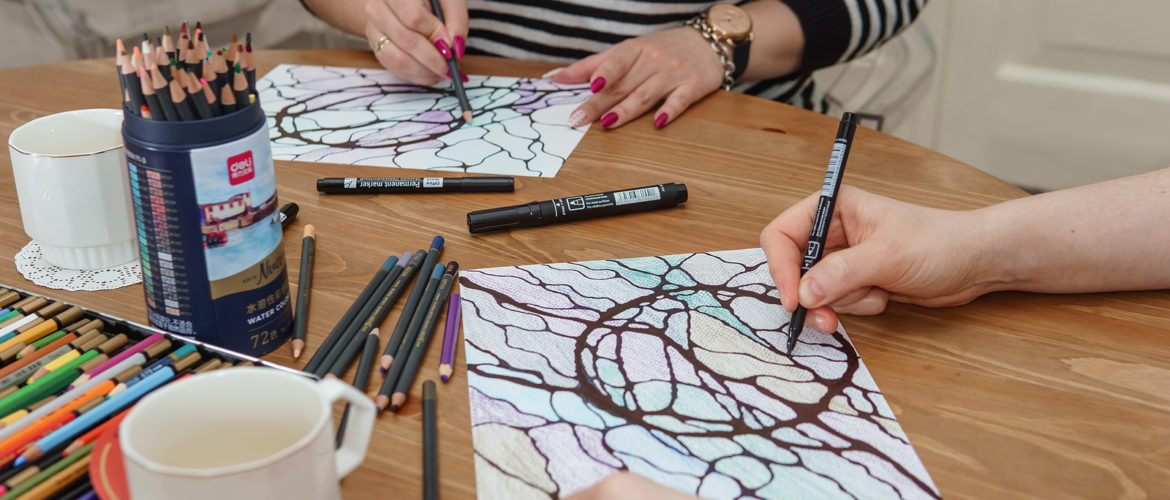Five Positive Effects of Art Therapy You Did Not Know About

Art therapy has been around for nearly a century. Since the first time this method was coined in the 1940s, it has proven its usefulness and secured its place as a legitimate scientifically based practice. Today, finding a professional art therapist is not difficult. This therapeutic tool has gained popularity in the past few decades, in many ways due to its characteristics that make it more diverse and flexible in comparison to other types of treatment. Instead of having long and mentally exhausting talks with a person you barely know, you can enjoy creating original pieces of art while building connections with people around you. But art therapy is not just a way to pass the time. Research proves that it has real positive effects on mental health and brain development. Here are five ways in which art therapy can improve your emotional state.
Five Positive Effects of Art Therapy You Did Not Know About
Acquiring a new skill
The first and the most obvious benefit of all is developing a new skill. During an art therapy session, you will be challenged with new tasks. After completing them, you will learn something new. Practicing new abilities will help exercise your brain and keep it active.
Relaxation
One of the main reasons why people go to therapy is to relieve themselves from stress. In that regard, art therapy is not too different from other forms of mental health treatments. However, instead of talking about your problems, you are expressing your emotions through a creative process.
Socialization
Art therapy sessions are commonly held in groups. It can be especially helpful to those who struggle with initiating conversations or feel lonely in their daily life. During art therapy, you might feel a sense of unity with others working side by side with you.
Developing motor skills
We usually associate the phrase “motor skills” with childhood development. However, fine motor dexterity can be exercised by adults as well. Activities like drawing are recommended to people of all ages, but they will be especially useful to those suffering from neurological injuries or experiencing the effects of aging.
Higher self-esteem
Finally, creating art brings a sense of accomplishment and self-worth. When you are holding a finished piece you made all by yourself, you automatically feel better, especially when there are other people to support you.
Like all types of treatment, art therapy is not a universal cure for every single mental health issue. However, it is worth giving a try at least for the sake of picking up a new hobby and making friends.
